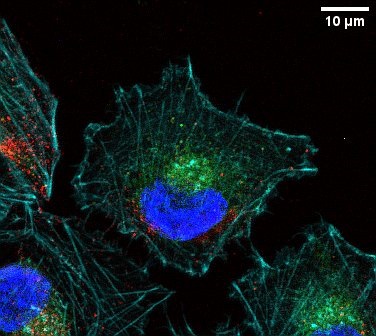NASA Successfully Conducts Full-Duration Test of New RS-25 Engine

NASA announced the successful completion of a full-duration 'hot fire' test of its new RS-25 engine, designed to power the Space Launch System (SLS) rocket for upcoming Artemis missions to the Moon. This significant milestone was achieved on June 23, 2025, at the Fred Haise Test Stand at NASA's Stennis Space Center in Bay St. Louis, Mississippi. The RS-25 engine No. 20001 was ignited for nearly 500 seconds, simulating the duration for which the engine would operate during an actual launch. The test was conducted as part of NASA's ongoing efforts to certify new production RS-25 engines, following the completion of its certification testing series in April 2024.
The RS-25 engine holds a historical significance, tracing its roots back to the 1960s, with the first flight utilizing the engines occurring during NASA's Space Shuttle program in April 1981. The current iteration, developed by L3Harris Technologies, formerly known as Aerojet Rocketdyne, aims to maintain the legacy of reliability associated with the RS-25 engines while also enhancing performance for future deep space exploration missions. During the recent test, the engine was operated at an impressive 111% power level, effectively pushing its operational limits to ensure readiness for the demanding conditions of launch.
"The newly produced engines on future SLS rockets will maintain the high reliability and safe flight operational legacy the RS-25 is known for while enabling more affordable high-performance engines for the next era of deep space exploration," stated Johnny Heflin, SLS liquid engines manager at NASA.
The SLS rocket, powered by four RS-25 engines, will generate a combined thrust of approximately 8.8 million pounds at liftoff, facilitating the launch of astronauts aboard the Orion spacecraft. NASA is targeting the first crewed Artemis mission, Artemis II, for April 2026, marking the first crewed mission beyond low Earth orbit since the Apollo 17 mission in 1972. The subsequent Artemis III mission is scheduled to include a lunar landing in 2027.
This recent test underscores NASA's commitment to advancing human space exploration and establishing a sustainable presence on the Moon. The Artemis program aims to not only return humans to the lunar surface but also to pave the way for future missions to Mars and beyond. As NASA prepares for these ambitious endeavors, the successful testing of the RS-25 engine will play a pivotal role in ensuring the safety and effectiveness of its launch systems for years to come. The implications for scientific research and international collaboration in space exploration are substantial, as nations around the world look to participate in and contribute to lunar exploration initiatives.
In conclusion, the successful hot fire test of the RS-25 engine represents a critical step forward for NASA's Artemis program. With the upcoming missions poised to expand the boundaries of human knowledge and experience in space, the engineering advancements demonstrated through this testing process will be essential in achieving the agency's long-term goals.
Advertisement
Tags
Advertisement





